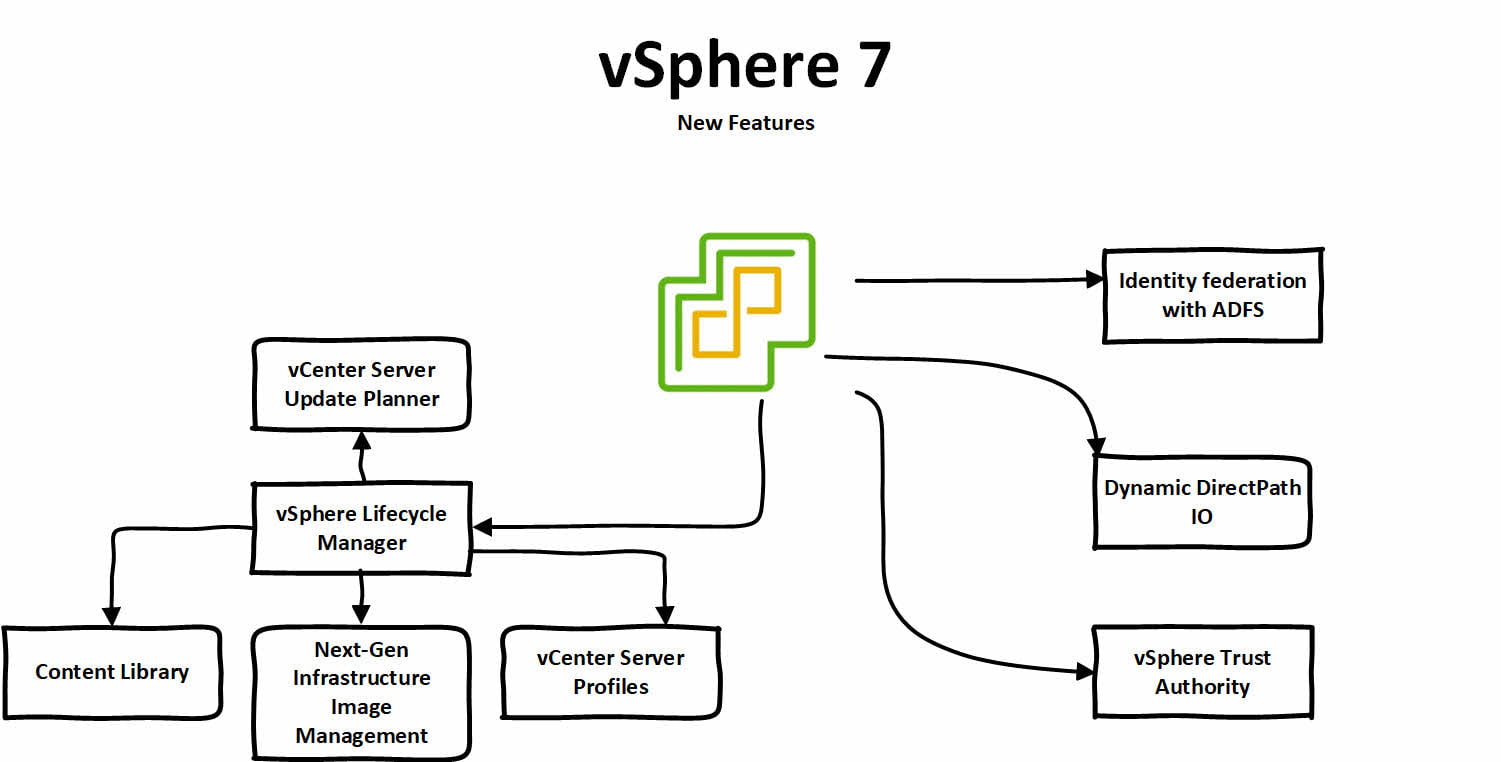

#TERADICI PCOIP WITH VMWARE SIMULATOR#

#TERADICI PCOIP WITH VMWARE UPDATE#
IGEL OS and EPOS Connect to manage and update headset’s on the go! Why is it important? 5 July, 2022.IGEL OS AVD/Windows365 client and Microsoft Teams Optimization – GA announcement! 15 July, 2022.Read how you can get MS Teams optimized in on-prem RDS environments using IGEL OS AVD Client! 15 July, 2022 Are you using Microsoft Remote Desktop Services (RDS)? Ever wanted to use Microsoft Teams Offloaded, but was left out in the “no can do” void.

Performance.Follow VirtualBrat on Blogposts by Category Blogposts by Category Search for: Recent Posts With a wide range of clients to fit every virtual desktop solution, what sets us apart from the rest is our unsurpassed level of available and reliable customer service, our no-charge 10ZiG Manager Software, our no-registration, instant 3-Year Warranty with Advance Replacement program, and our hassle-free, 30-day Complimentary Demos. We live and breathe Thin and Zero technology, as it is our sole focus.

And, whether your deployment is better aligned for Blast Extreme or PCoIP, the good news is that there is a protocol and client that matches your VDI scenario.ġ0ZiG Technology is a market leader in cutting-edge Thin Client and Zero Client devices. Let’s be clear: where both protocols are suited for any one deployment, VMware Horizon 7 supports both, simultaneously. Scenario: PCoIP may be a good consideration for Healthcare, Financial, CAD, and Media sectors, and/or if you require multi-monitor lossless support with configurable bandwidth and tuning options. A Teradici zero client is required, or if using general purpose hardware (x86 architecture), a mid-to-high end CPU is recommended, for decoding PCoIP. The card is a cost-saving value when compared to Blast Extreme functionality, which requires server-side GPUs to support graphics rendering H.264 encode. To allow for increased server scalability, encoding is optionally offloaded onto APEX 2800 LP hardware, a dedicated and separate interface card. Unlike Blast Extreme, it allows for the compression and decompression of images, i.e. It also supports configurable server/client CPU and bandwidth use. Scenario: Blast Extreme may be a good option if you have invested in a NVIDIA GRID (Telsa M cards) and have many mobile users, affording longer battery lives and better performance.īest for multi-monitor set ups, PCoIP supports multiple codecs for different displays like text, image, and video. Such cards are able to offload H.264 encoding tasks from server CPU resulting in increased server scalability. Additionally, Blast Extreme works well for new deployments where servers are equipped with server-based GPUs that support H.264 encode capability. It requires less bandwidth than PCoIP and supports TCP and UDP, so it is more suitable for mobile and lossy networks. It can be used on general purpose hardware, resulting in acceleration of operation where H.264 hardware decoding is supported. Nearly any type of device can decode this protocol. While there is no “one-fits-all” scenario, this will shed some light on their individual capabilities.īlast Extreme was designed with mobile networks and devices in mind, being based upon H.264 video format coding. With the release of VMware Horizon 7 featuring Blast Extreme, there is good reason to be questioning and researching the difference between it and PCoIP.


 0 kommentar(er)
0 kommentar(er)
